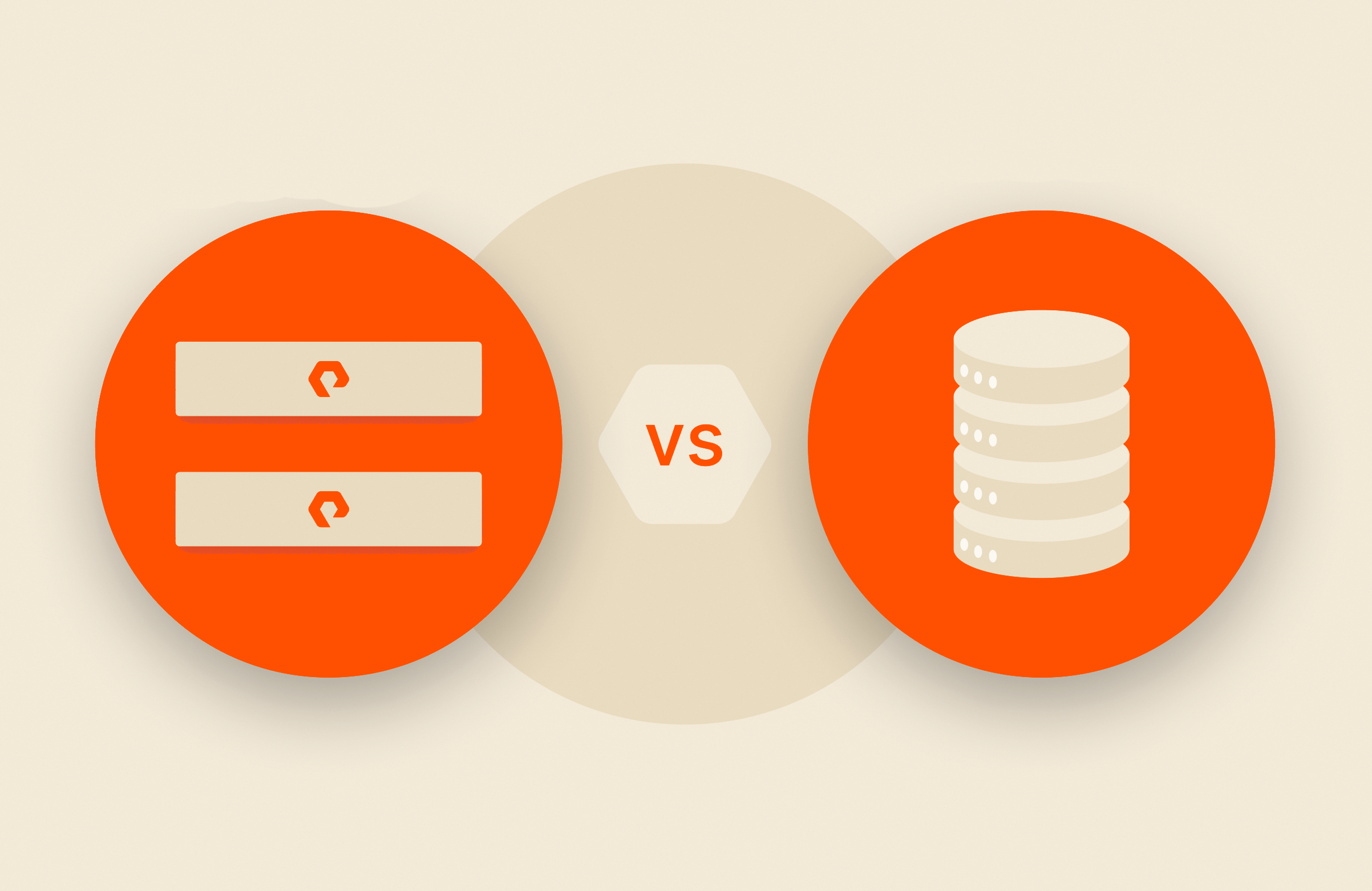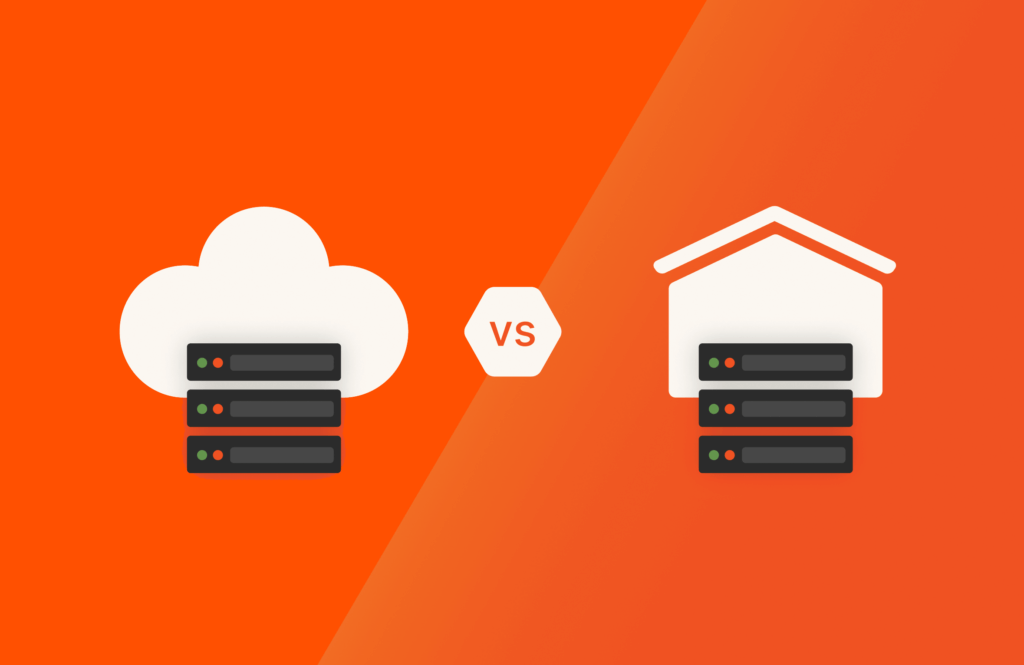Summary
The right data storage architecture is critical for meeting data requirements, performance needs, and scalability goals. Object storage is ideal for unstructured data, while block storage is best suited for applications that require high performance.
In the world of data storage, choosing the right architecture is crucial for optimizing performance, scalability, and accessibility. Among the most commonly used storage options are object storage and block storage, each serving distinct purposes in modern computing. Understanding their differences and advantages will help you select the best solution for your organization’s needs.
What Is Object Storage?
Object storage is a storage architecture that manages data as objects, where each object contains the data itself, metadata, and a unique identifier. Unlike file and block storage, which rely on hierarchies and paths, object storage stores data in a flat address space. This makes it highly scalable, flexible, and suitable for managing unstructured data like multimedia files, backups, and archives.
Key characteristics of enterprise object storage:
- Data structure: Data is stored as objects, with associated metadata that describes the data and unique identifiers to locate it.
- Scalability: Object storage is known for its ability to scale horizontally, making it ideal for handling large volumes of unstructured data.
Object storage is often used for cloud storage, backup and archiving solutions, content distribution, and big data analytics.
What Is Block Storage?
Block storage, on the other hand, is a storage architecture that divides data into fixed-sized blocks. Each block functions independently and can be managed separately. Unlike object storage, block storage typically requires a file system to manage and organize the blocks. It offers higher performance and is often used in environments requiring fast and reliable data access, such as databases and virtual machines.
Key characteristics of block storage:
- Data structure: Data is divided into fixed-size blocks, which are stored and managed independently by the system.
- Performance: Block storage offers low-latency access to data, making it suitable for performance-intensive applications.
Block storage is frequently used in databases, virtualization, high-performance applications, and storage area network (SAN) environments.
Benefits of Object Storage
Object storage is gaining popularity for its scalability and ability to handle vast amounts of unstructured data.
Here are the key benefits of object storage:
- Massive scalability: Object storage can scale indefinitely by adding more storage nodes, making it an excellent choice for businesses dealing with exponential data growth.
- Cost-effective: Object storage is often more affordable than block storage, especially for storing large volumes of cold or archived data.
- Metadata rich: Object storage allows for extensive metadata tagging, which can be useful for searching and organizing unstructured data.
- Cloud native: Object storage integrates seamlessly with cloud environments, making it ideal for cloud-native applications and distributed systems.
Benefits of Block Storage
Block storage remains a staple in many enterprise environments due to its performance and flexibility.
Here are the key benefits:
- High performance: Block storage offers fast data access and low latency, making it the preferred choice for applications requiring quick response times, such as databases and transactional systems.
- Versatility: Since block storage operates at a low level, it can be formatted with various file systems, offering greater versatility for different workloads.
- Consistency: Block storage provides consistent performance and reliability, which is crucial for mission-critical applications that demand uptime and data integrity.
- Flexibility: Block storage can be used in various environments, including on-premises data centers, SANs, and cloud infrastructures.
Object Storage vs. Block Storage: How to Choose?
When selecting between object storage and block storage, consider the specific needs of your organization, including the type of data you handle, performance requirements, and future growth.
Here’s a breakdown to help guide your decision:
Choose enterprise object storage if:
- You need to store large volumes of unstructured data: If your business deals with large-scale media files, backups, archives, or big data, object storage offers the scalability and cost-effectiveness you need.
- Cloud integration is key: For cloud-native applications and distributed systems, object storage’s seamless integration with cloud services makes it a natural fit.
- Metadata is important: If you require extensive metadata for searching, categorizing, or managing data, object storage’s rich metadata capabilities will be invaluable.
- Cost is a concern: For long-term storage of infrequently accessed data, object storage is a cost-effective option.
Choose block storage if:
- Performance is a priority: If your applications require high performance and low latency, such as databases, virtual machines, or high-performance computing, block storage is the better option.
- You need consistent access: For workloads that require consistent and reliable data access, block storage provides the necessary speed and reliability.
- You need to support different file systems: If your use case requires different file systems or low-level control over storage, block storage offers the flexibility to meet these requirements.
- You manage transactional data: For transaction-heavy applications where data needs to be written and accessed quickly, block storage provides the performance needed.
Pure Storage for Unified Object and Block Storage
Object storage and block storage each offer unique advantages depending on your business needs. Object storage is ideal for handling massive amounts of unstructured data, making it the go-to solution for cloud environments, backups, and archives. Block storage, with its performance and flexibility, is best suited for mission-critical applications where speed and reliability are crucial.
By evaluating your specific data requirements, performance needs, and scalability goals, you can choose the right enterprise storage solution to optimize your business operations.Pure Storage makes the choice between object and block storage easy: Because you don’t have to choose, you can make the most of both worlds. To let you make object and block storage as easy and cost-effective as possible, Pure Storage®FlashArray™provides unified object and block storage that is optimized for performance, capacity, and scale.

The Innovation Race
Reducing Risk and Navigating the AI Frontier for Future Success
Take a Test Drive
Explore FlashArray in our virtual lab.
![]()






